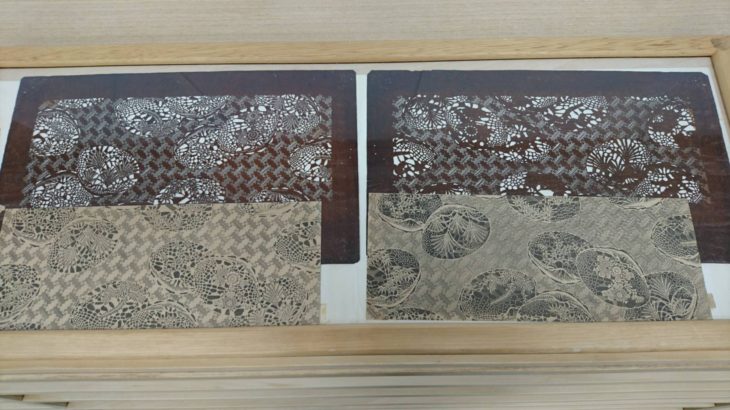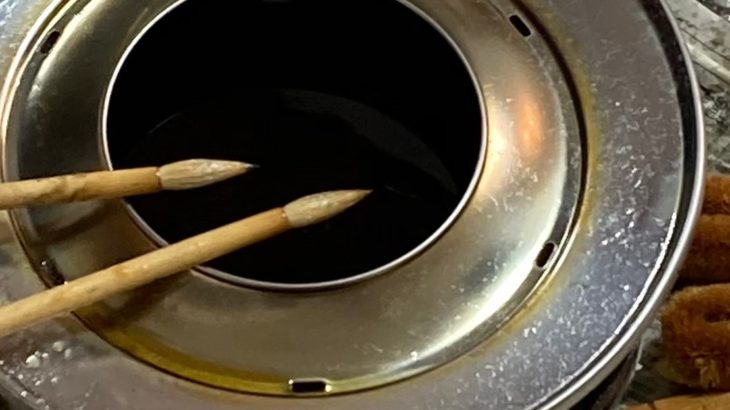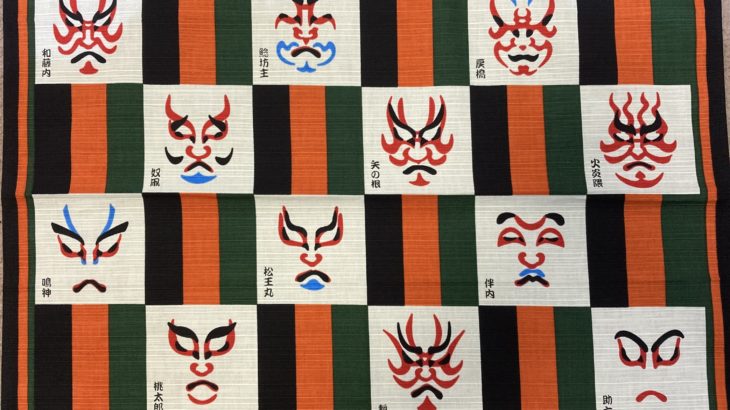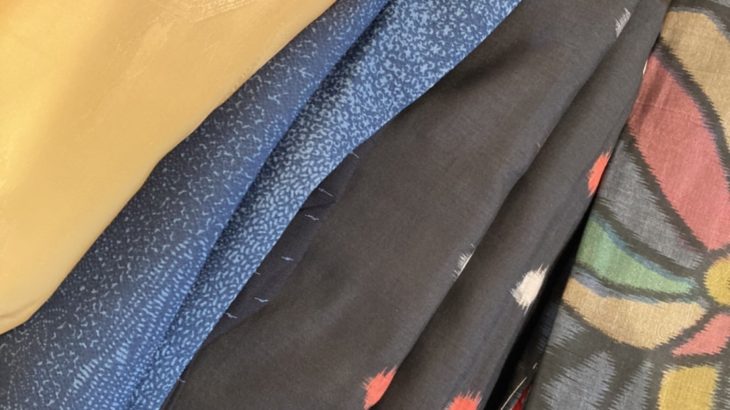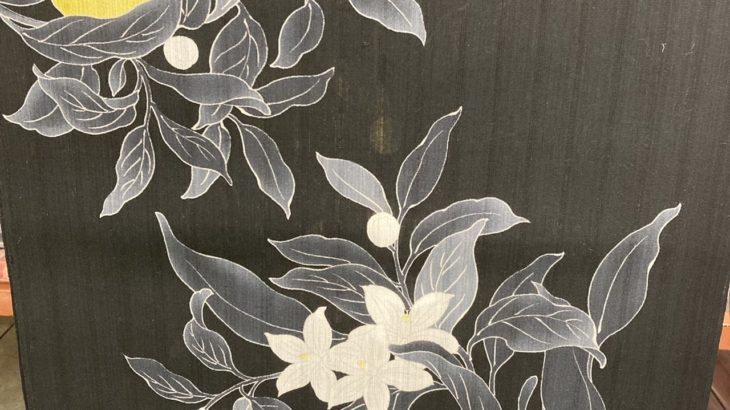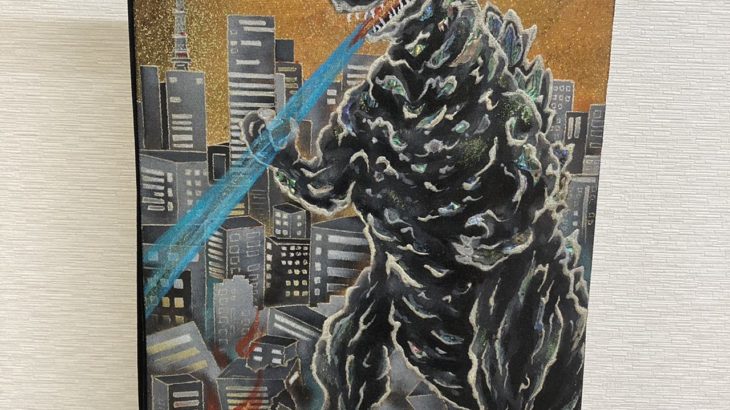Hello, this is Shinji from “Warashibe-choja.jp”. This time, I would like to talk about Edo-Komon. Edo-komon is one of the most convenient items in kimono. From casual wear to formal wear, it is a kimono that is often used by coordinating the obi. It is difficult to explain how to match the obi in sentences, so I will explain it later.
History of Edo-komon
When you hear the history of Edo-komon, you might think “Isn’t it the Edo period?”, But its roots are said to be the Muromachi period. At that time, it was used for armor, Kamon (= family crest), etc., but it is said that it became dyed for clothes such as everyday clothes in the latter half of the Muromachi period. It was not until the Edo period that it was technologically developed and popularized.
In the early Edo period, it spread by dyeing it in a samurai dress, and in the middle of the Edo period, it became loved by the general public beyond its status and continues to the present day. It has been handed down to the present day with the sense and technique refined by a long tradition.

Production of Edo-komon
1, Creation of Kata-gami (= paper pattern)
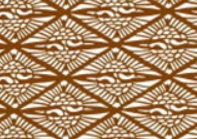
Edo-komon uses a special pattern called Ise-gata. For Ise-gata, Washi (= Japanese paper) is layered, pasted with Kaki-shibu (= persimmon astringent), dried, and smoked. The process is repeated to dig a mold in a special washi that does not expand and contract, and a thin cloth is pasted to complete it so that it will not be damaged.
2, Kata-tsuke (= work to put Nori (= Japanese adhesive) on the kimono with a mold)
Using Ise-gata, match the mold to the kimono fabric (12m) and leave the Nori with a spatula. The most difficult process in dyeing.
3, color dyeing
After Nori has settled, we will dye the color from above. Apply the dye to the entire fabric and dye the background color.
4, steam
In order to fix the dye on the fabric, the dyed kimono is steamed and the color is fixed on the kimono.
5, wash with water
By rinsing carefully many times, the pattern and color will be more vivid. Thoroughly wash away impurities at this time.
6, completed
If you dry it thoroughly, the kimono will be completed. There are more detailed processes, but the brief explanation is like this. Nowadays, the number of craftsmen who can make Ise-gata is decreasing, and there are pattern paper made of polyester.
Edo-komon pattern
As mentioned earlier, Edo-komon has its roots in the patterns originally used by samurai and aristocrats to represent their origins. Each daimyo in the Edo period dyed a pattern representing his own country in Kami-shimo (= daimyo costume).
(As an aside, kami-shimo at that time was woven with Washi thread instead of silk. If I have a chance, I will introduce Washi as well.)
Edo-komon patterns, especially “Same (= shark)”, “Gyogi”, and “Tooshi” are called Edo-komon-sanyaku (= three typical patterns of Edo-komon). “Mansuji” and “Daisyoarare” are added to it, and it is called Edo-komon-goyaku (= 5 typical patterns of Edo Komon).
Same (= shark)
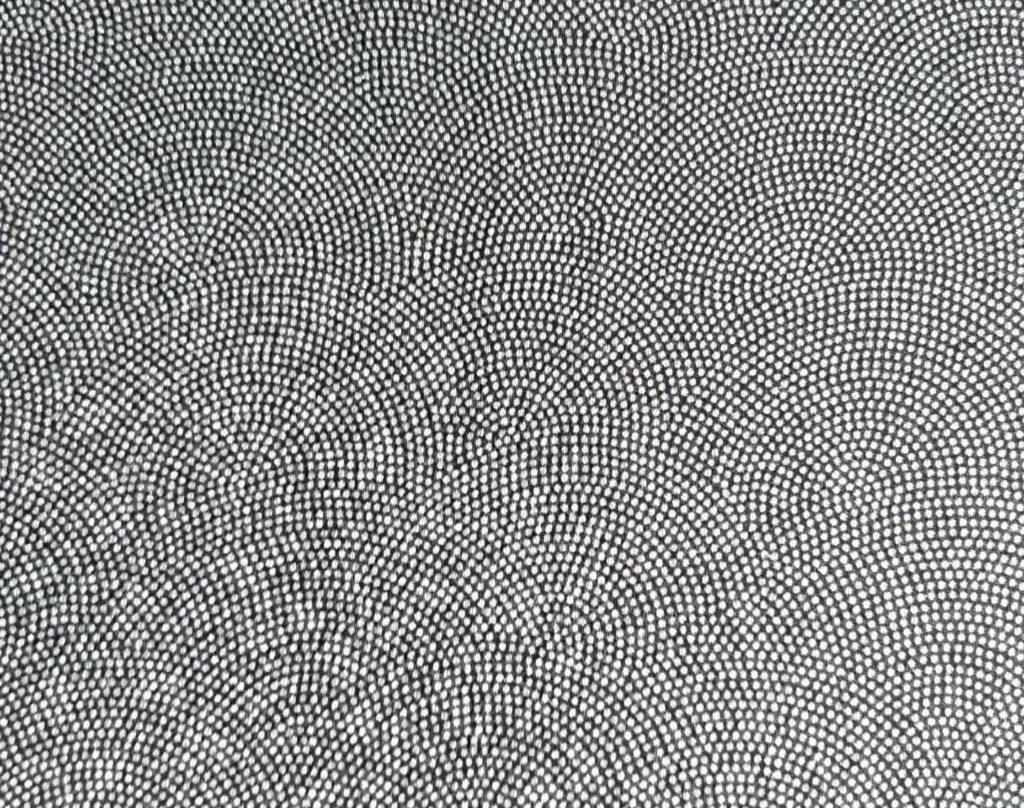
Same-komon was used as a mark of the Tokugawa clan in Kishu.
Gyogi
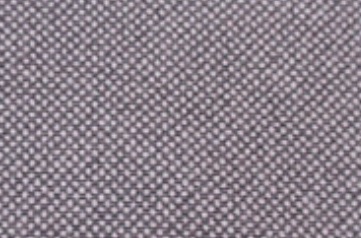
The small dots are the patterns lined up at an angle of 45 degrees. They are lined up neatly and well-mannered, and since 45 degrees is a polite bowing angle in Japanese etiquette, it means “do my courtesy.”
The Gyogi pattern was used as a mark of the Date clan of the Sendai domain.
Tooshi
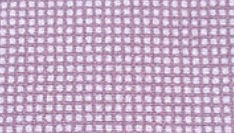
It seems that the small dots are lined up in a straight line. It is a pattern that expresses the spirit of Bushido called “Suji-wo-toosu (= make sense)”. A straight line of quadrangles is called “Kaku-tooshi”.
The pattern of Kaku-tooshi was used as a mark of the Toda family in Shinano.
Man-suji
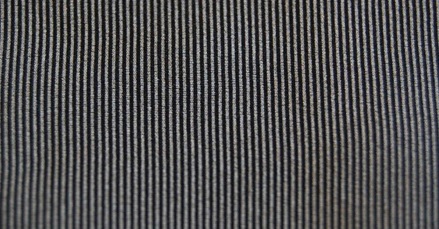
Man-suji is also a pattern that expresses the spirit of Bushido called “Suji-wo-toosu”. The image is enlarged for easy understanding, but “ke-man-suji” has 20 or more stripes in 1-sun (= 3 cm), and “ke-man-suji” has 26 or more stripes. It is called “goku-ke-man-suji”.
Mansuji was used as a small crest of the Maeda clan of the Kaga domain.
Daisyo-arare
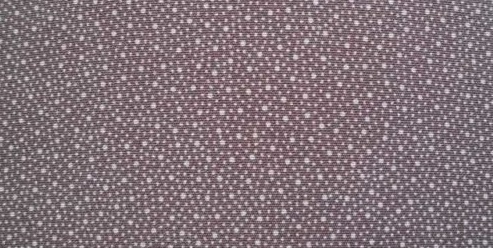
Daisyo-arare is a pattern in which large dots and small dots are studded, and shows how hail of different sizes are falling from the sky and hitting the ground. It expresses the momentum of hail that jumps to the ground.
The Daisyo-arare pattern was used as a small crest of the Satsuma Shimazu clan.
There is a venerable pattern like this. There are also many interesting patterns that were popular among the townspeople during the Edo period.
家内安全 -kanai-anzen- (= Family safety)
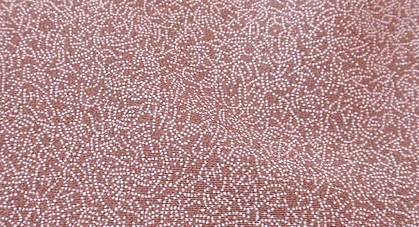
The characters “家内安全” are drawn in kanji with the meaning of making it fun and safe for the family to live.
花鳥風月 -kacho-fugetsu-
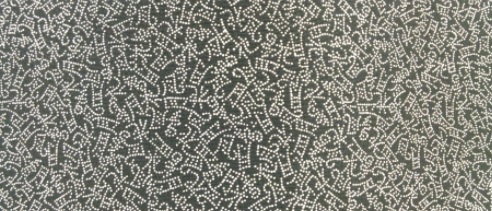
Edo-komon with the kanji for the word “花鳥風月” that expresses the beautiful scenery of the natural world.
Kani ( =crab)
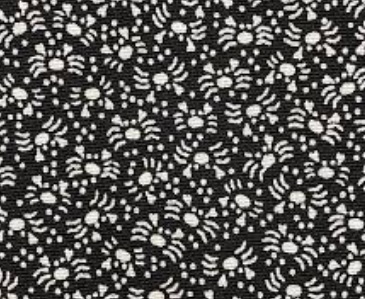
If you have a shark, you also have a crab komon. If you look closely, you will see a crab pattern studded with it. Since crabs lay tens of thousands of eggs at a time, they have the meaning of being “blessed with children” and are considered to be a lucky charm in Japan.
Uses of Edo-komon
In the kimono case I mentioned earlier, Komon is a casual kimono, but Edo-komon has a fine pattern that looks plain when viewed from a distance. Since it was also used in the costume of the daimyo, Kami-shimo, it can be used as a formal dress by combining Edo-komon with a gold or silver obi. You can also use it for casual wear by combining it with a casual obi. If you put the Kuro-montsuki obi together, it will be a kimono suitable for condolences. Edo-komon is a versatile kimono.
This time, we introduced Edo-komon. It’s not as gorgeous as Homon-gi, but it’s easy to use as the first kimono to buy. If you have a chance, I think you can find your favorite one. Put one Kamon on your back to upgrade. If you are a beginner and want to add Kamon, Nuki-mon (= undyed Kamon) is not recommended. It is better to put Nui-mon (= Kamon put in by embroidery) with Tomo-koi (= slightly darker color of the same color) or Tomo-usu (= slightly lighter of the same color) thread. It should come in handy as it is inconspicuous when worn as casual clothing.
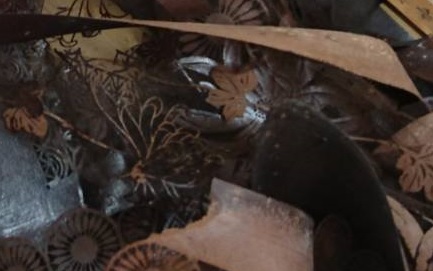
If you are looking for the real thing, Ise-gata will be a consumable item that can no longer be used if it is torn, so be quick.
